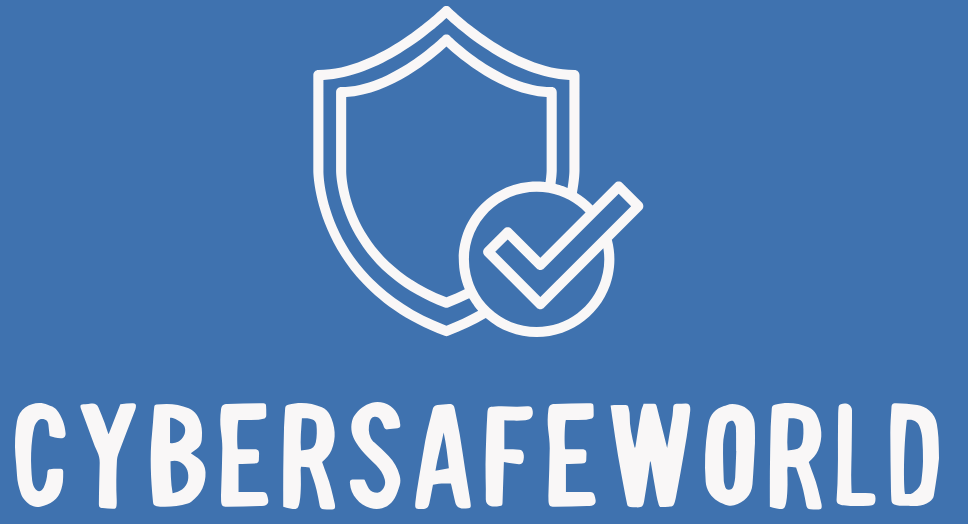Imagine getting an email from what looks like your bank saying, “Urgent! Your account has been compromised — click here to verify your information.” You panic a little, click the link, and enter your login details. Ten minutes later, your account is drained. That’s how simple — and effective — a phishing scam can be.
Phishing is one of the most common cyber threats out there, and it works because it preys on human emotion — fear, curiosity, or urgency. Scammers pretend to be someone you trust, like your bank, a delivery company, or even your school. Their goal is to trick you into sharing private information such as passwords, credit card numbers, or Social Security details.
So, what does a phishing attempt actually look like?
Most phishing messages share a few red flags if you know what to watch for. You might see spelling errors, weird grammar, or links that don’t match the company’s real website. For example, a scammer might use “paypaI.com” (with a capital I instead of an L) instead of “paypal.com.” At first glance, it looks legit — but one wrong click can open the door to trouble.
Emails aren’t the only place phishing happens anymore. Scammers also use text messages (called “smishing”) and phone calls (“vishing”). You might get a fake delivery notification from FedEx, a “suspicious login” alert from Netflix, or even a call claiming to be from the IRS. All of them rely on catching you off guard.
In one real-world example, a phishing scam targeted people waiting for COVID-19 test results. Victims received fake text messages with links claiming to show their results — but the link instead installed malware that stole passwords and credit card info. Simple mistakes like that can happen to anyone, even tech-savvy people.
So, how do you protect yourself?
- Slow down and verify. If you get a message that seems urgent, pause. Instead of clicking a link, go directly to the official website or contact the organization through its verified number or app.
- Hover before you click. On computers, hover over links to preview the real URL. If it looks strange or unrelated to the sender, skip it.
- Don’t download random attachments. Unless you’re expecting a file, attachments in unexpected emails can hide malware.
- Use multi-factor authentication (MFA). Even if someone steals your password, MFA adds another layer of protection, like a verification code sent to your phone.
- Report it. Most email services let you report phishing. Doing this helps block scammers and protects others.
According to Google, it blocks over 100 million phishing emails every single day — that’s how common these scams are. But awareness is your best defense.
At CyberSafeWorld, we believe every person has the power to fight back against cybercrime — not by fear, but through education. The next time a “too good to be true” message lands in your inbox, take a breath and think twice. A few seconds of caution can save you a lot of stress later.
Stay smart, stay alert, and remember — when in doubt, don’t click.
